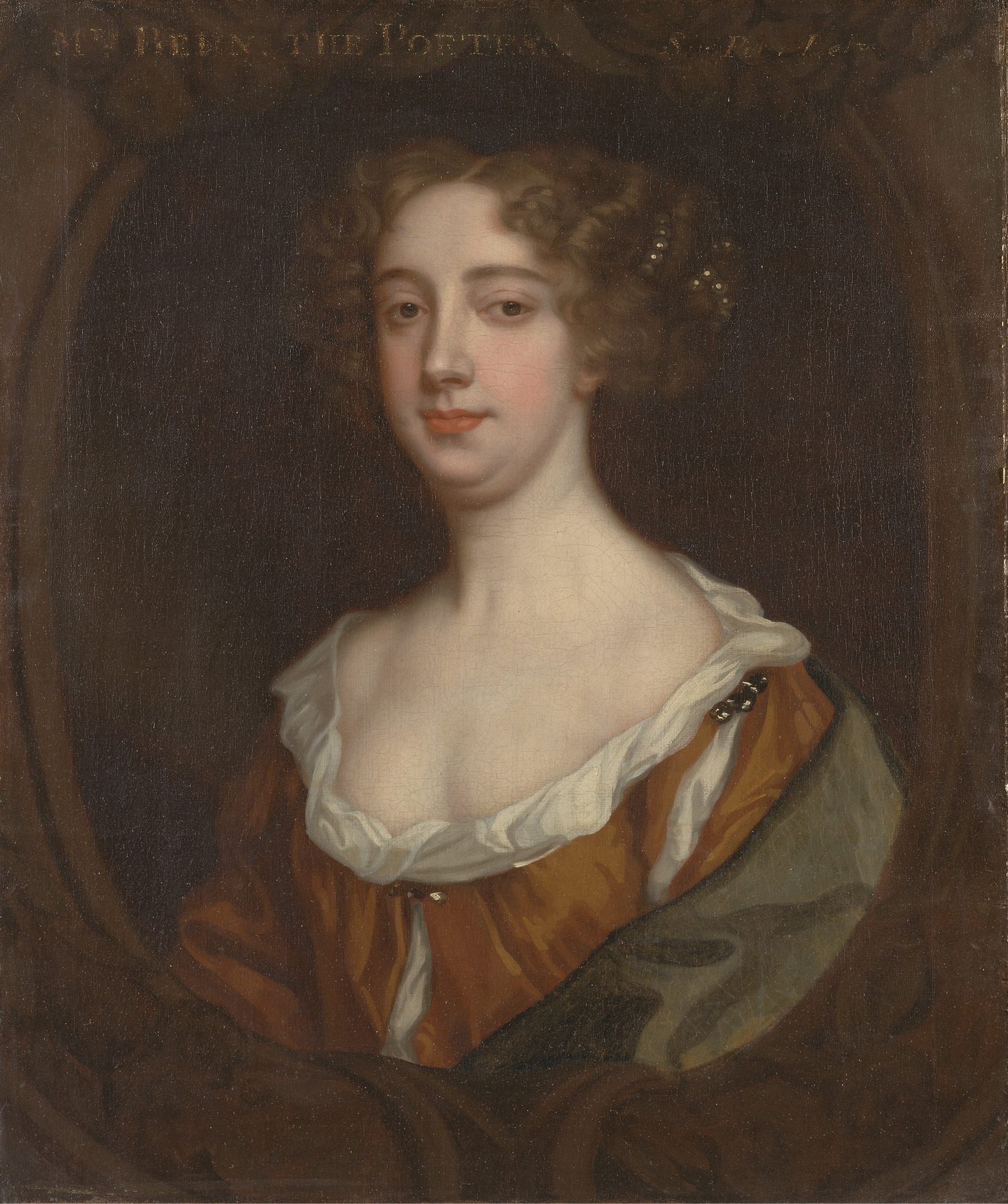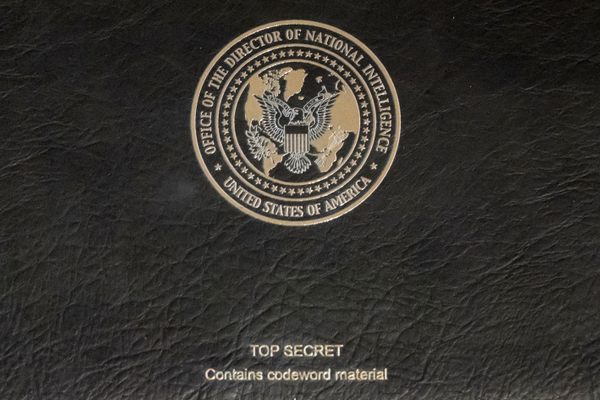17th-Century Female Spies Smuggled Information Through Eggs and Artichokes

Elizabeth Stuart, Queen of Bohemia, sent letters filled with cryptography, ciphers, codes and invisible ink while she was in exile in The Hague. (Photo: Public Domain/Wikipedia Commons)
In the 17th century, espionage was more diverse than you might think. Not only did female spies exist, they employed some of the most fascinating techniques in their information gathering.
Forthcoming research into female spies that operated in Europe and England at the time shows that they utilized an ingenious arsenal of tools, such as eggs and artichokes, to smuggle secrets.
While Dr. Nadine Akkerman of Leiden University was examining letters sent by Elizabeth Stuart, Queen of Bohemia during her exile in the Hague, she discovered that some were filled with secret codes. The ones delivered through official postal channels contained either false or largely superficial information, while the letters sent via Brussels and Antwerp were filled with ciphers and even invisible ink. Akkerman was intrigued as to why the queen would require such covert correspondence. This was her first encounter with the 17th-century female spy.

Aphra Behn, 17th-century British novelist, playwright, poet, and spy. (Photo: Public Domain/Wikipedia Commons)
She began to identify and investigate potential female spies when words such as ”adventuress” or “Royalist heroine” were used to describe them. “These terms are in many instances euphemisms for spies,” Akkerman told Leiden University. They could be any kind of woman; “Nurses, shopkeepers, ladies-in-waiting or in many instances noblewomen,” said Akkerman. These women were able to gather information unnoticed because they were not believed to be politically active. While male spies would be hanged if caught, female spies would be punished with a comparatively cushy three-month stay in the Tower of London, Akkerman said.
Akkerman found about 60 such instances of female spies in the 17th century while researching for her upcoming monograph, “Female Spies or ‘she-Intelligencers’: Towards a Gendered History of Seventeenth-Century Espionage.” British playwright and poet Aphra Behn was one such spy, employed by King Charles to conduct political espionage in Antwerp under the code names “Astrea” and “Agent 160.”
In collaboration with MIT, Akkerman has produced several mesmerizing videos that recreate some of the ingenious methods used by female spies for their secret correspondences. In 1656, a female spy wrote a letter to her brother in which she asked him to communicate with her via artichoke. Akkerman and team tested the juice of globe artichokes to see if it would be viable as an invisible ink, and found that indeed it was. Above, watch a demonstration of how artichoke juice was used as invisible ink, and how it can be revealed using a candle.
Another method women spies employed was to slip little messages into raw eggs. In preparation, the egg is soaked in vinegar to soften its shell. Once suitably soft, the egg is cut into with a knife, making a small slit. From there, a small slip of paper is able to be folded over and slipped into the egg, which is then placed in cold water to re-harden its shell. While the method is quite simple, the idea behind it is ingenious: who would think to inspect a basket of eggs?










Follow us on Twitter to get the latest on the world's hidden wonders.
Like us on Facebook to get the latest on the world's hidden wonders.
Follow us on Twitter Like us on Facebook